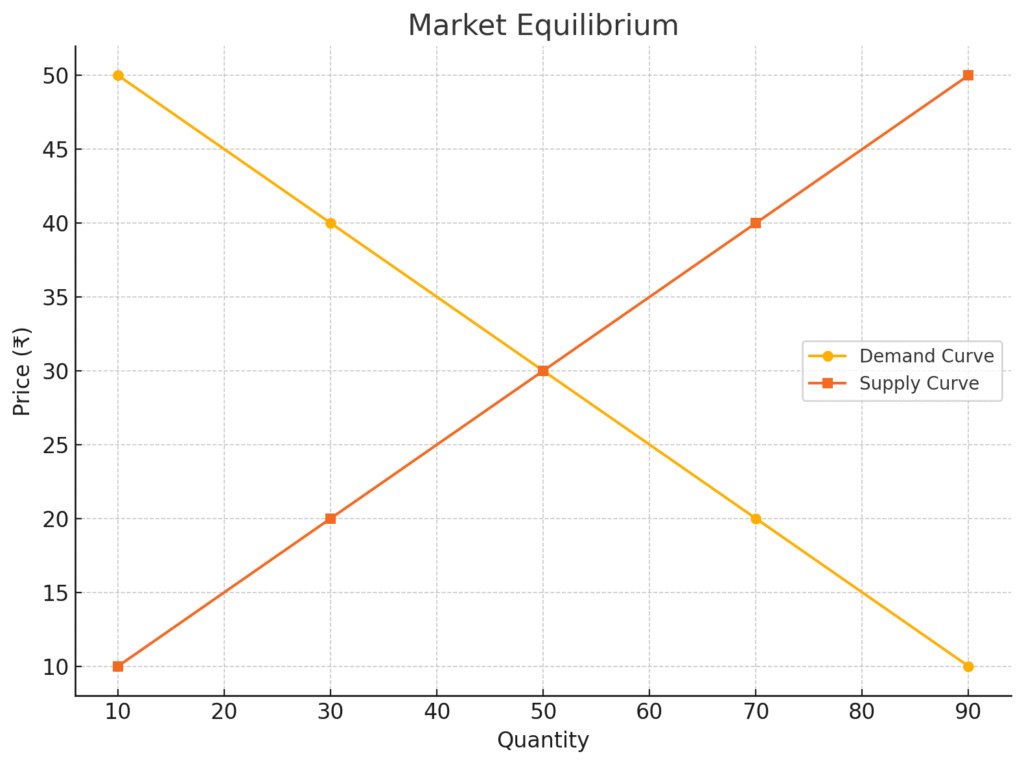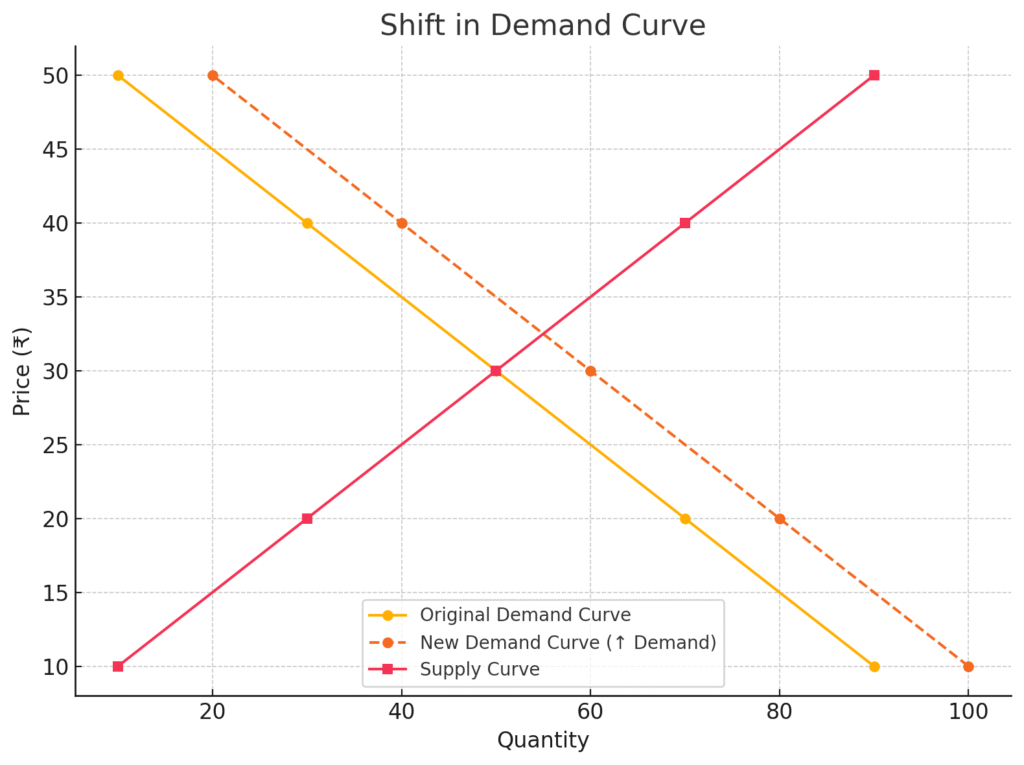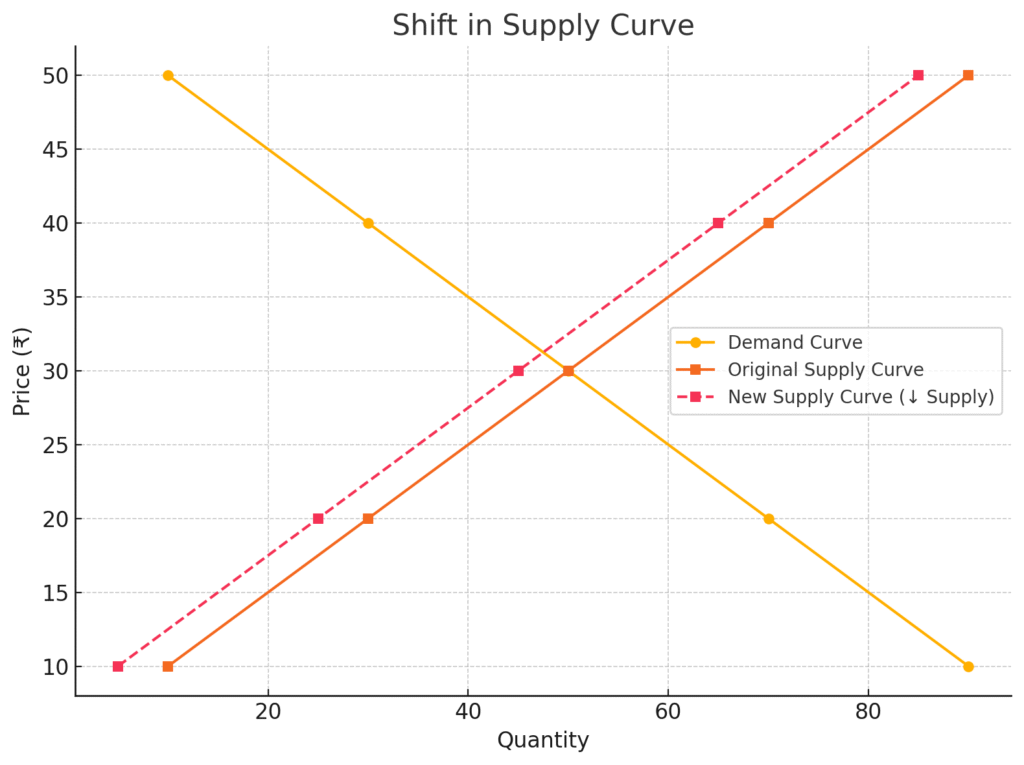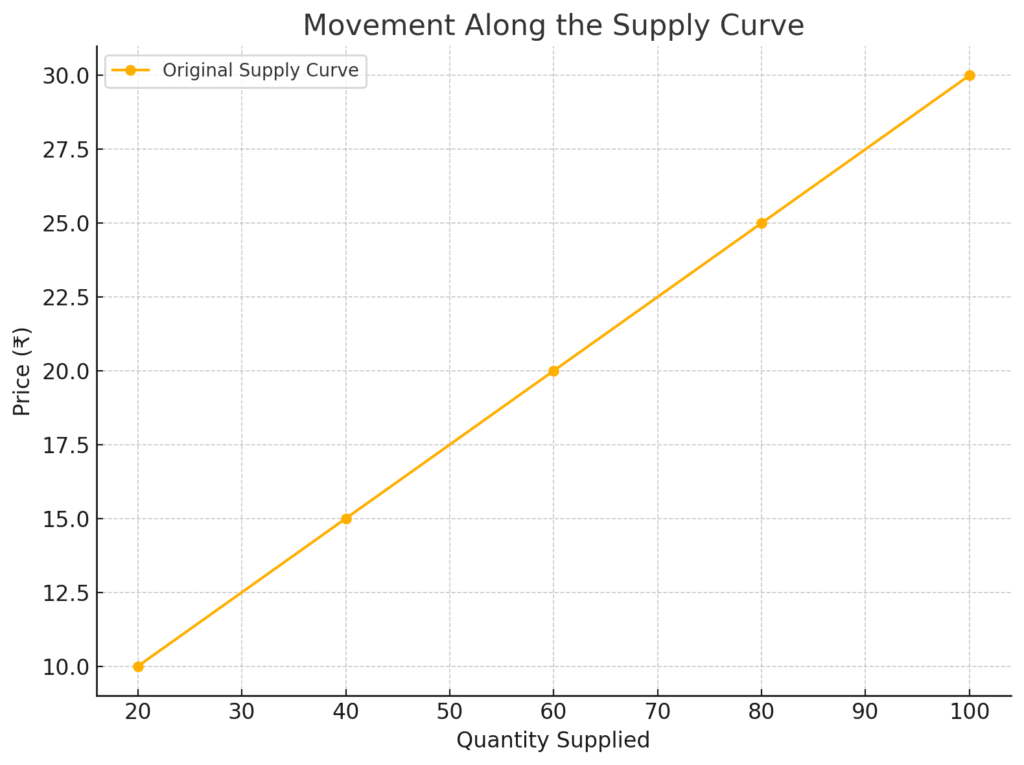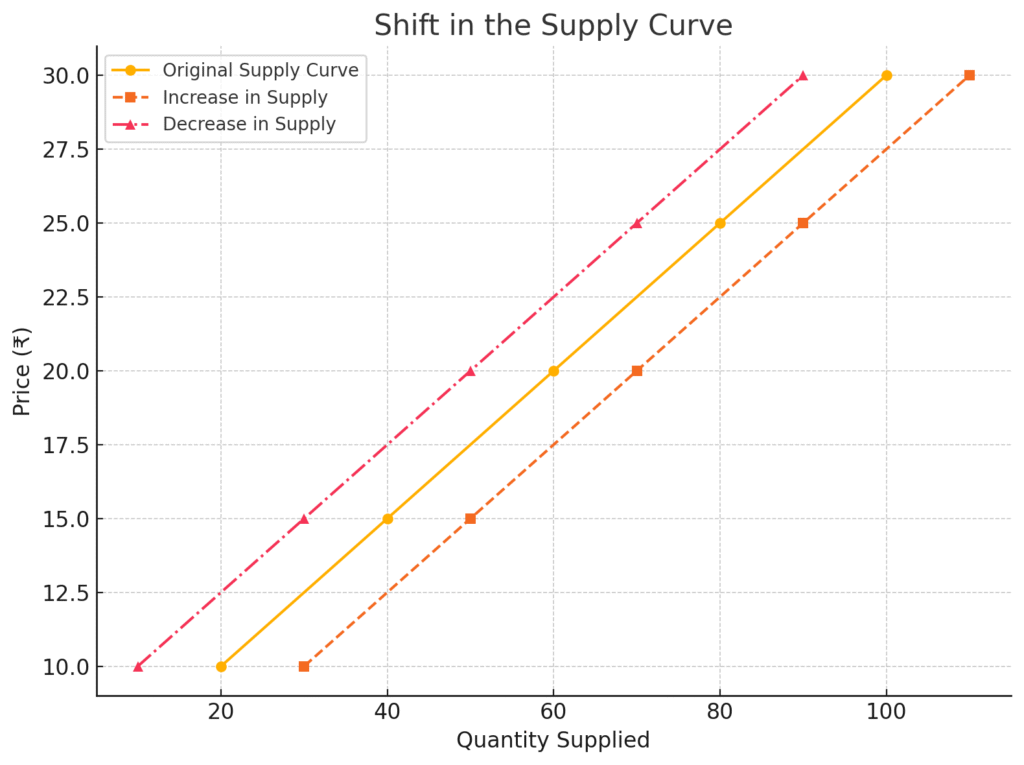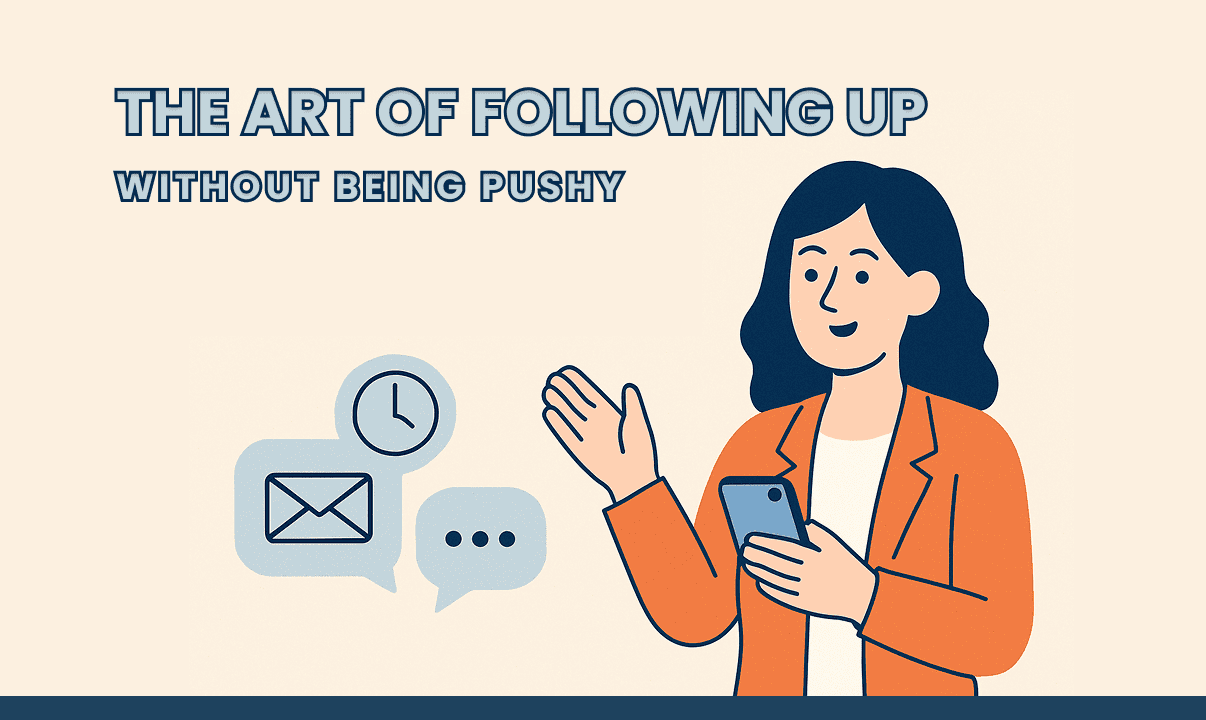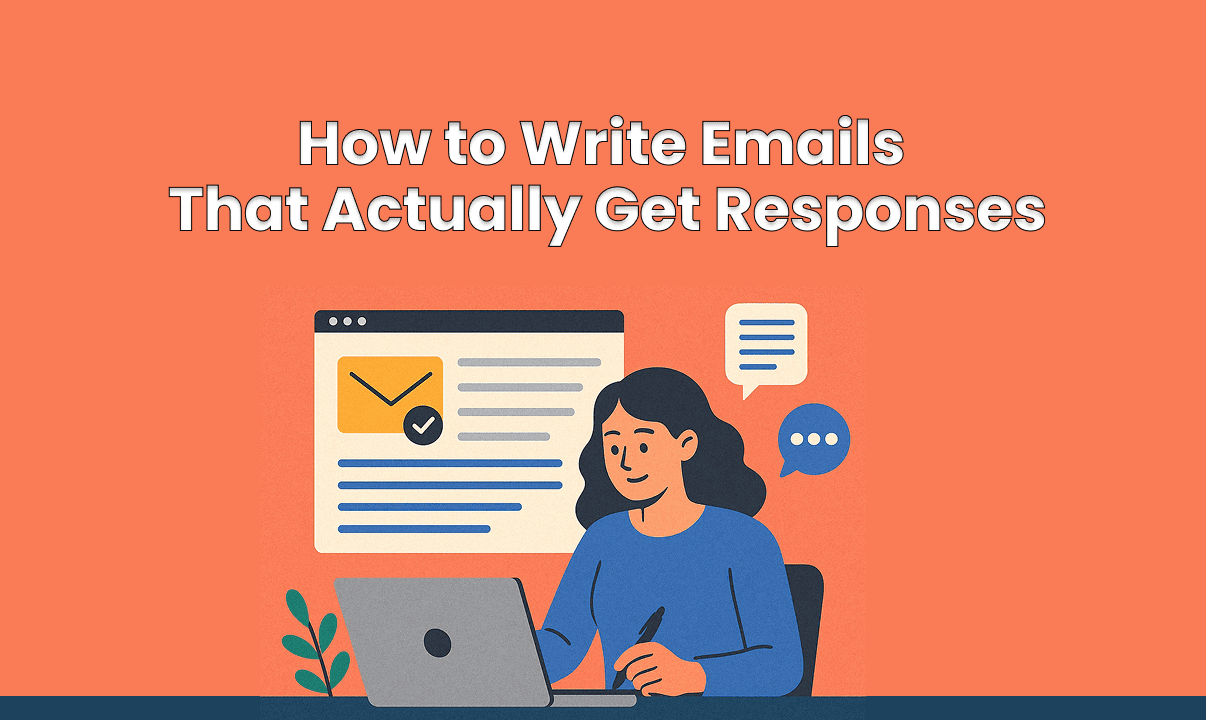Imagine a world where catching a heart condition is as simple as scanning at home, or where tiny robotics patrol your teeth to ward off infections. It’s not a sci-fi dream—it’s where 2025 is taking us. From AI scribes to wearable lifesavers, these startups are redefining how we maintain wellness, access diagnostics, and reimagine care.
1. Abridge – The AI Scribe That Lets Doctors Listen, Not Type
In Pittsburgh, Abridge began as a quiet disruptor and has grown into a powerhouse valued at $5.3 billion. Their AI-powered tools transform medical spoken notes—doctors’ stream-of-consciousness narratives—into structured records, clinical orders, billing codes, and decision support—all in real-time. By investing 80% of its capital in technology, with the rest reserved for strategic acquisitions, Abridge is pursuing a build-and-buy strategy to stay nimble and innovative. Despite intense competition and regulatory scrutiny, their transparent, proactive approach shines.
Why It Matters: They turn clinical chaos into clarity, freeing doctors to focus on patients, not paperwork.
2. Sully.ai – Your Invisible AI Medical Assistant
Enter Sully.ai, which calls its offerings “AI Medical Employees.” These virtual helpers handle patient intake, triage, note-taking, multilingual interpretation, and even draft treatment plans. Born from Y Combinator and Silicon Valley support, the company has secured up to $25 million in funding by early 2025.
Why It Matters: They’ll be the unseen member of every practice, streamlining care with silent efficiency.
3. Theranautilus – Nanotechnology in Your Mouth
From Bangalore, Theranautilus engineers nanorobots that navigate dentinal tubules to eradicate bacteria—potentially transforming root canal success rates worldwide. What began as lab work at IISc has morphed into a pioneering deep-tech healthcare company gaining attention for its novel antibacterial approach.
Why It Matters: Pain-free dentistry may soon be powered by robots invisible to the naked eye.
4. ISMO Bio‑Photonics – Simulating Life, Chip-Sized
At IIT Madras, visionary researchers founded ISMO Bio‑Photonics. Inspired by organoid science during their master’s studies and enriched by collaborations with MIT, they’re building organ‑on‑chip systems—miniaturized models that simulate human responses for more accurate drug testing. Supported by Grants and angel investment, ISMO aims to bring these silicon organ systems to market within 3–5 years.
Why It Matters: Personalized medicine may someday start on a chip—made in India, tested for you.
5. Qure.ai & Biofourmis – AI Across the Spectrum
- Qure.ai: Born in Mumbai, this deep-learning juggernaut decodes X-rays, CTs, and MRIs in seconds, spotting illnesses like TB and brain injuries—especially where radiologists are rare. Used in over 50 countries.
- Biofourmis: Merging wearable devices and AI, this global startup anticipates health downturns—like heart failure—before they manifest, enabling early intervention and fewer hospital readmissions.
Why It Matters: These two blur the line between urgency and insight—diagnosis on demand and prevention through prediction.
6. SiPhox Health – Lab Under One Roof
In Massachusetts, SiPhox Health engineers lab-on-a-chip devices using silicon photonics. What started with mail-in blood tests during the pandemic now aims to offer real-time diagnostic tech right on your countertop. With $27 million raised from Intel Capital and Khosla Ventures, they’re poised to bring lab-grade testing home by 2025.
Why It Matters: The lab isn’t going away—it’s shrinking, and maybe someday, it’ll be your kitchen countertop.
7. Pulsetto – Calming Your Nerves, Literally
Based in Lithuania, Pulsetto produces wearable gadgets for transcutaneous vagus nerve stimulation (tVNS)—a non-invasive way to reduce stress, enhance sleep, and promote calm. Its recent €2 million round signals growing interest in wearable wellness technologies.
Why It Matters: Your wearable might soon soothe you—not just track you.
8. Paradromics – Dreams Speak Here
Paradromics is crafting brain-computer interfaces that convert thought into action. Their implantable system captures neural data, wirelessly translating it into speech or digital control—offering imminent breakthroughs for those with severe motor impairments. They’re up there among the brightest BCI prospects for this decade.
Why It Matters: Silent thoughts could one day speak volumes—for those without voices.
Closing Thoughts: The Health Frontier in 2025 & Beyond
From India to Lithuania, from virtual scribes to nanobot dentists, 2025’s most compelling HealthTech narratives stem from the marriage of bold innovation and profound empathy. These companies don’t just sell solutions—they tell stories of a future where healthcare is smarter, more human, and radically more accessible.

